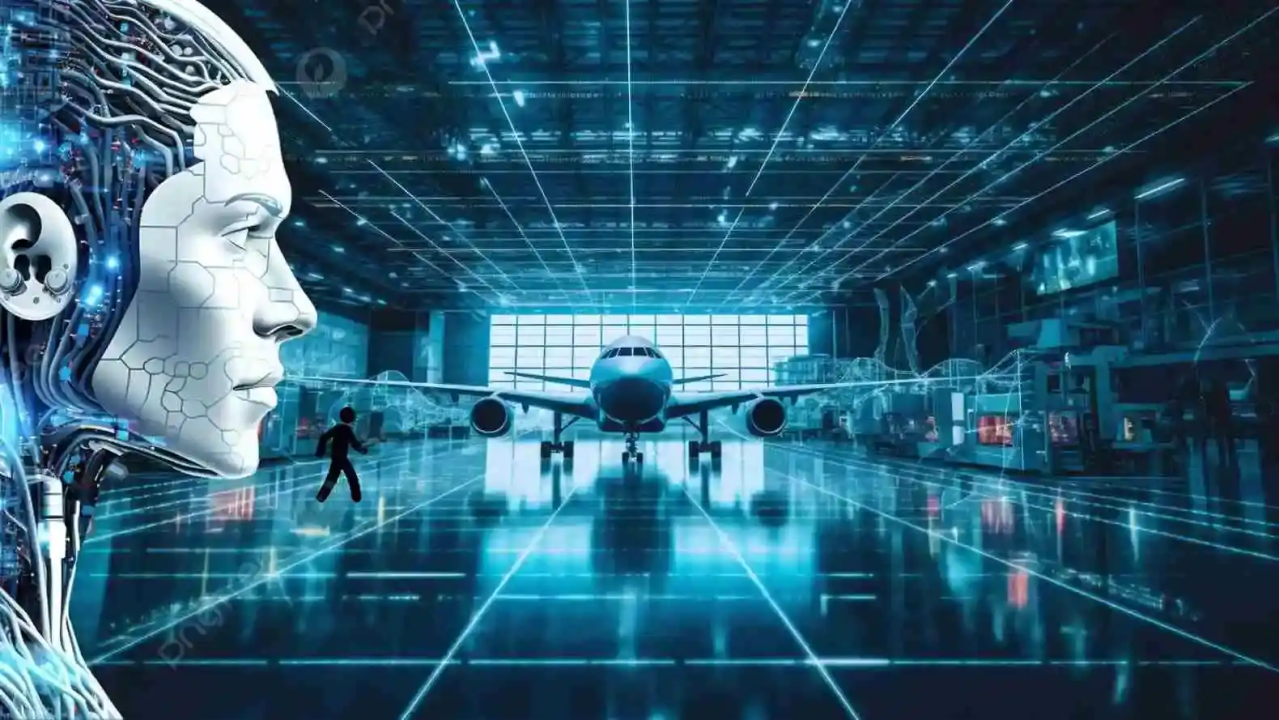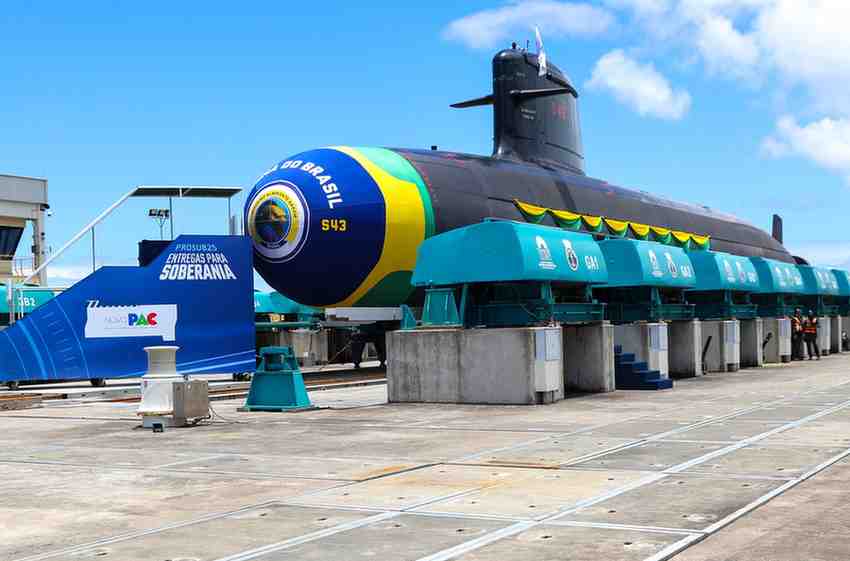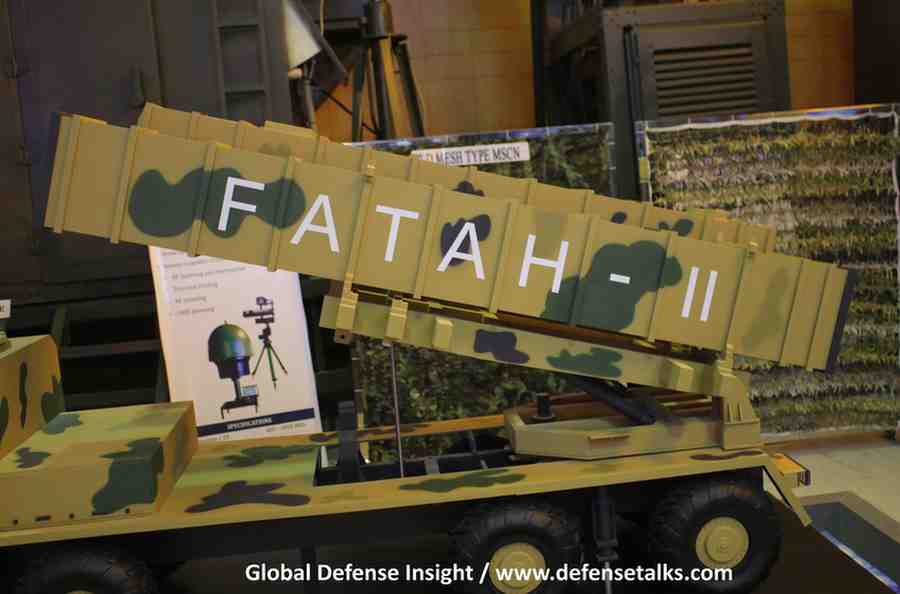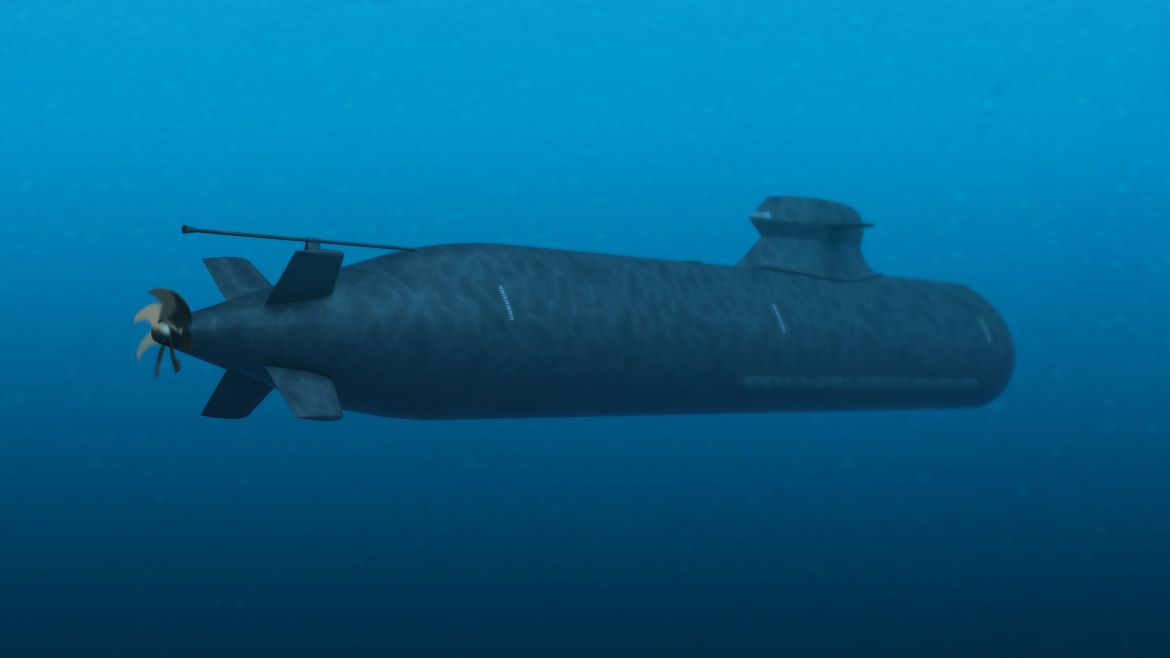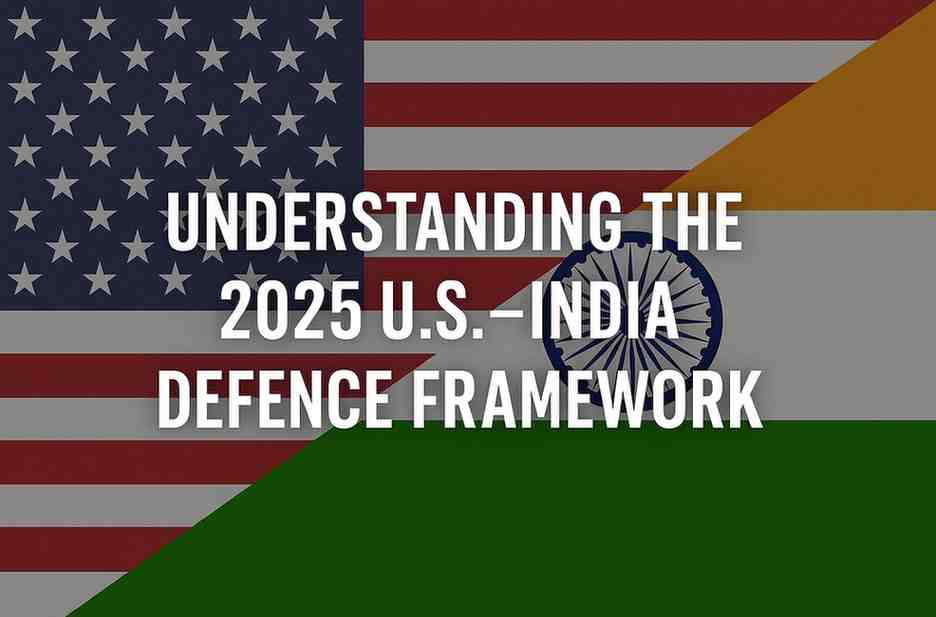In the course of human development, there have been notable moments of innovation and technological change. Now is the moment of artificial intelligence (AI) and it cannott be misconstrued as it is being integrated across various sectors rapidly. One of its major applications is specifically in the aviation, a sector that is known for its need for efficiency, accuracy and safety protocols. Although its adoption remains in its early stages, this increasing acquisition is reflected clearly in its market growth. The global market for artificial intelligence in aviation is predicted to reach USD 23 billion by 2031, up from USD 728.05 million in 2022. Pertaining to this, the Pakistan aviation sector whether civil or military is at a crossroads while the industry in the global landscape is evolving.
AI is transforming the aviation sector in numerous ways. Predictive maintenance is one of the most important breakthroughs. Rather than depending on periodic checks or repair-it-after-it-fails maintenance, AI systems can scan large amounts of real-time sensor data to forecast impending failures before they occur. It decreases unplanned downtime and lowers operating expenses. Additionally, it can help pilots with performing trivial tasks such as processing the information from all the sensors and reacting to the conditions faster than the human reflexes. Nano sensors may be used to monitor the temperature, pressure and vibration for real-time health monitoring so that anomalies in temperature, pressure, and vibration can be identified. The real-time processing of data enables rapid interventions that are beneficial on a flight testing or critical phase of operations.
By considering examples all over the globe, the achievements are quite impressive. Since, aviation contributes 2% of worldwide energy-related CO2 emissions, the International Air Transport Association intends to achieve net-zero emissions by 2050, which can be made possible by artificial intelligence.
For instance, Alaska Airlines saved more than five minutes of average flight times with its Flyways software, resulting in huge fuel savings and fewer carbon emissions. On the military front, US, is investing US$6 billion in AI-controlled drones to assist manned combat aircraft in a program named “Loyal Wingmen.” These aircraft can perform high risk missions at a lower cost than traditional fighter aircraft.
Conversely, Pakistan’s aviation industry is yet to embrace AI. In a positive move, initiatives such as the Draft National AI Policy, and the establishment of the various institutions show growing national interest in AI research and development (R&D) access the country. However, in aviation specifically, the Centre for Artificial Intelligence and Computing (CENTAIC) evolving under National Aerospace Science and Technology Park (NASTP) umbrella, is expected to have joint ventures collaborations with Türkiye as the 6th Joint Working Group meeting opened new doors for CENTAIC. Potential joint ventures including the establishment of a Joint TAI AI Lab (JTAL) at CENTAIC, focusing on reinforcement learning in AI for autonomous operations of aerial platforms, are anticipated. Moreover, the PAF initiated an AI-based project some time back and is looking into manned-unmanned teaming, conceptualising indigenous drones that can fly in tandem with manned aircraft. Widespread integration, however, is estimated years to come.
Nevertheless, AI is starting to play its role, but Pakistan will have to overcome some real challenges in integrating AI into its aviation sector. The country’s infrastructure faces obstacles, and access to sophisticated technology remain limited. On top of that there is a shortage of skilled and proficient workforce capable of operating and maintaining AI system in aviation.
Though there are challenges but with challenges lie the opportunities. For that, investment in education and specialised training programs is vital to develop a skilled workforce capable of designing and implementing AI systems. Pakistan needs to develop its technological base, particularly its high-performance computing capabilities. Development of AI systems in Pakistan can reduce reliance on foreign technology, collaboration with China and other willing partners, which are leading the world in AI can facilitate knowledge exchange and use of enhanced AI systems. Importantly, the government should establish robust regulatory and ethical frameworks to ensure the responsible and secure adoption of AI technologies.
Succinctly, embracing AI is pertinent for the Pakistan aviation industry. With the proper investments, strategic alliances, and wise policies, Pakistan can catch up the world’s pace of technological growth. Though the journey will undoubtedly be difficult, it has the potential to transform the aviation sector of Pakistan.

Samreen Shahbaz
Samreen Shahbaz is a Research Assistant at the Centre for Aerospace and Security Studies (CASS), Lahore. She can be reached at info@casslhr.com.
- This author does not have any more posts.


